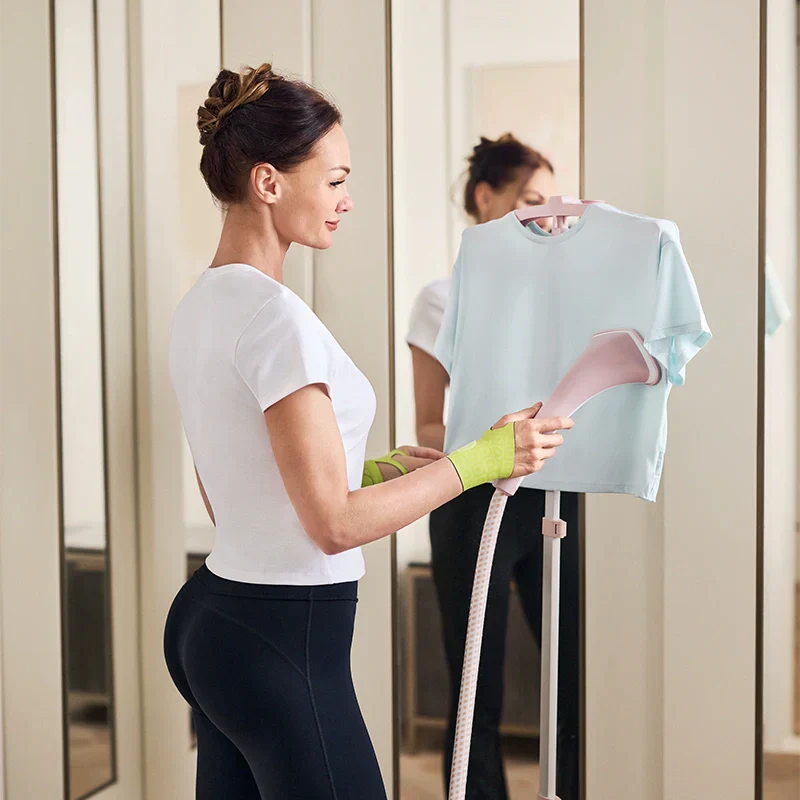Did you know that nearly 80% of adults will experience significant lower back pain at least once in their lifetime? Many turn to back braces for relief—but while these supports can help, misusing them might actually make things worse. So how do you use a back brace the right way? Let’s break it down.
1. What a Back Brace Really Does:
It doesn’t cure your pain—it creates the conditions for recovery.
A high-quality back brace offers targeted external support, helping reduce strain on your lower back and allowing it to heal properly.
-
Limits over-movement: Especially during flare-ups, a brace can prevent excessive bending or twisting that might compress nerves or worsen injury.
→ Adds 30%–50% extra support through compression
→ Reduces forward/backward bending by 40%–60%
→ Lowers rotational motion by 25%–35% -
Reduces pressure: By distributing weight to the abdominal area, a brace eases the burden on the spine.
→ Decreases disc pressure by around 15%–25%
→ Lessens facet joint stress by 20%–30% -
Stabilizes the spine: Ideal when your core muscles are weak, the brace provides temporary reinforcement, allowing your back to rest and recover.
2. The Hidden Risks of Long-Term Use:
Back braces help—but don’t get too comfortable.
❌ Muscle weakening from “use it or lose it”
Your body adapts quickly. Relying on a brace too long can weaken your core muscles:
-
After 4 weeks: Multifidus muscle mass may drop by 12%–18%
-
After 6 weeks: Transverse abdominis thickness may decrease 15%–20%
-
After 8 weeks: Erector spinae strength can drop by 25%–30%
⚠️ “Withdrawal” effect when you stop wearing it
Sudden brace removal can leave your body vulnerable:
-
Fall risk increases by 40%–50% in the first 3 days
-
Back pain recurrence rate spikes to 35%–45% in the first week
-
New injuries more likely within 2 weeks
3. How to Use a Back Brace Smartly
The key is support, not dependence.
✅ What to Look For in a Back Brace:
-
Don’t choose overly narrow styles
→ Braces under 10 cm wide may worsen pressure on specific discs
→ Opt for 15–20 cm width for full support -
Look for an “S-curve” design
→ Matches the natural 20°–40° lumbar curve
→ 3–5 adjustable support stays recommended
→ Breathable, hypoallergenic lining is a must

✅ How to Wear It Right:
-
Follow the 20-Minute Rule:
→ Wear for 20 minutes, then loosen for 5 minutes
→ Single use should not exceed 2 hours
→ Total daily wear should be under 6 hours
(For example: Use the aoFIT Armiscore Back Brace according to this routine.)

-
Avoid high-impact activity
Don’t wear it during intense workouts or hold one posture too long—it reduces effectiveness and can strain your back further. -
Check and adjust regularly
Wash it often, keep it dry, and adjust the fit as your body changes.
Final Thought:
More is not always better when it comes to back braces.
They’re made to protect, not replace your muscles.
The real path to a healthy back?
Smart training + thoughtful support + everyday awareness.
At the end of the day, your back depends on you.






